When was the last time you thought of infusing vinegar? An unsung essential ingredient in a variety of recipes, I especially love making flavored vinegars at the height of summer when an abundant of fruits and herbs make it quick and easy to process. One of the best things about vinegar infusions are their diverse applications.
An infusion is a drink, remedy, or extract prepared by soaking the leaves of plants, fruits or herbs in liquid. Anytime you make a cup of tea, you are technically making an infusion.
Let’s make some flavored vinegars. Distilled white vinegar is clear vinegar with a sharp acid taste. Since it is the least expensive vinegar, it’s a great choice not only for herbal infusion but also to use when we make infusion used for cleaning.
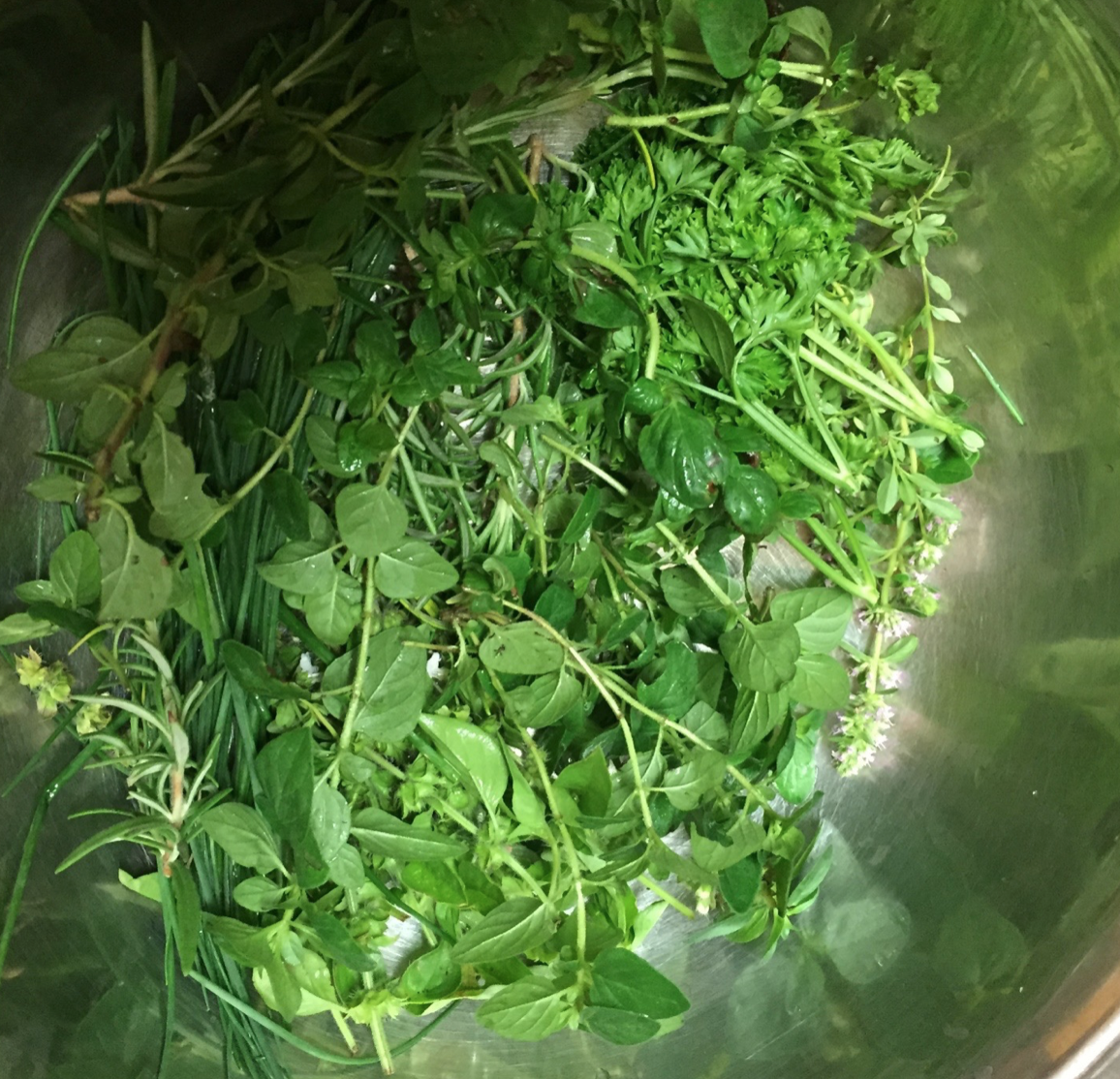
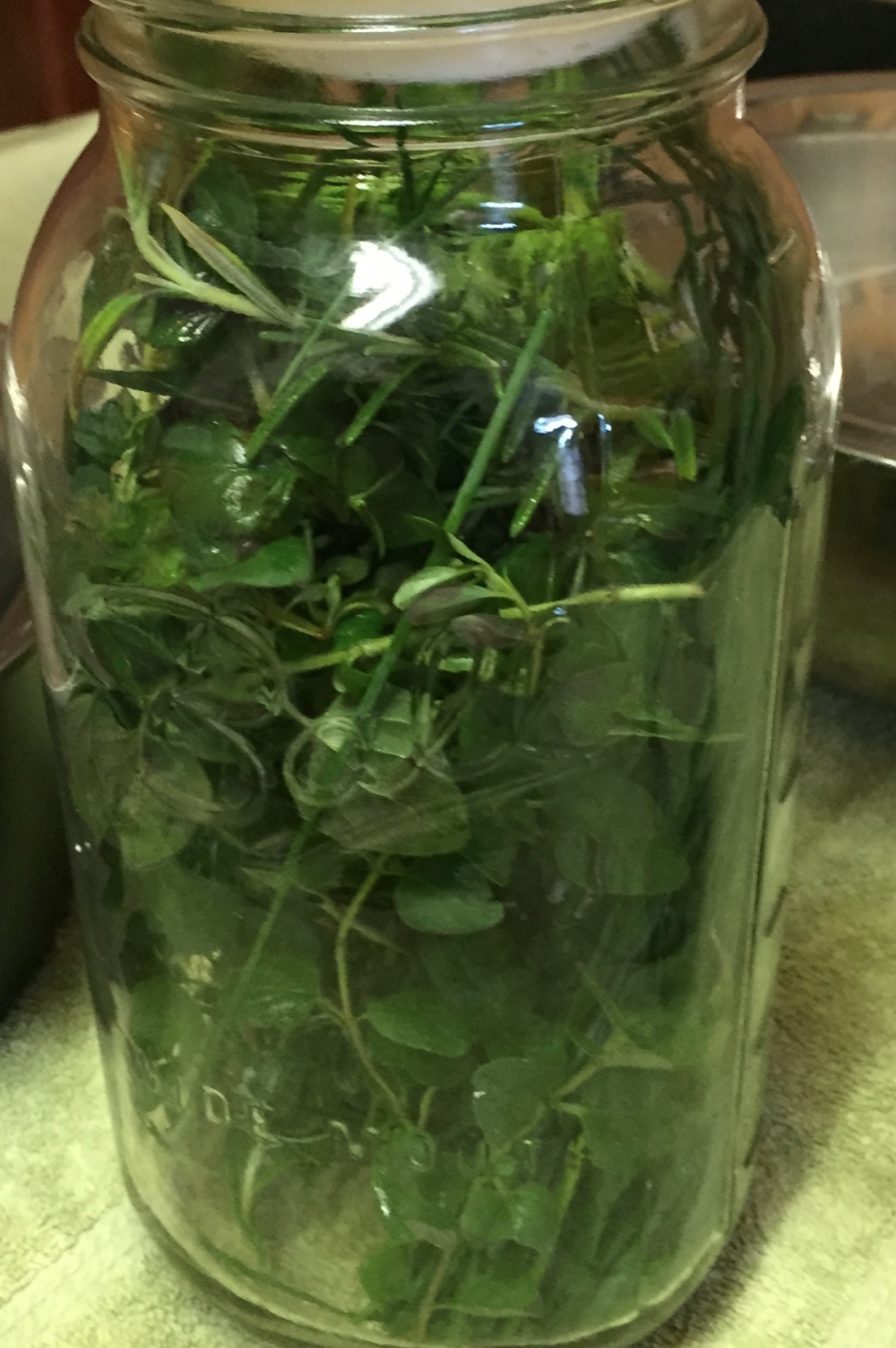
The choices to use in an infusion include garlic, ginger, jalapeno, lavender, lemon balm, onion, peppermint, rosemary or any combination of herbs and spices you like. I never waste lemon and orange peelings as they are great for cleaning infusions.
I don’t bother tying the herbs together as I strain all my infusions through multiple layers of cheesecloth when I am ready to bottle my finished products. One thing I love about infused vinegars is the culinary uses as a base for a salad dressing, to marinate meats, poultry or fish and to toss into your pasta salad. Herbal blends last for at least 6 months on the shelf but some experts suggest that fruit infusion should be refrigerated once they are bottled.
Infusing is easy: start with sterilized clean jars. Wash the jars in hot soapy water and rinse well. Sterilize your jars by dipping them into boiling water or running them through a cycle of your dishwasher. That way no bacteria can contaminate your finish infusions. I love the half gallon Mason jars Buchheit stocks year-round they work, great for a larger quantities.
Wash the herbs, fruits or vegetables and dry them well with a paper towel or clean dishtowel. Put your choice of herbs, fruits or vegetables into the sterilized jars and fill with white vinegar. There are other choices of vinegars like rice or apple cider, or wine but they are more expensive and will add to the subtle favors we are trying to achieve. Some folks like to heat up the vinegar to 190 -195 degree F and then pour the warm vinegar over the herbs which may speed up the finishing time. If you decide to heat the vinegar make sure to only pour it into a jar that you just pull out of the boiling water as a cold jar may burst when hit with the hot liquid.
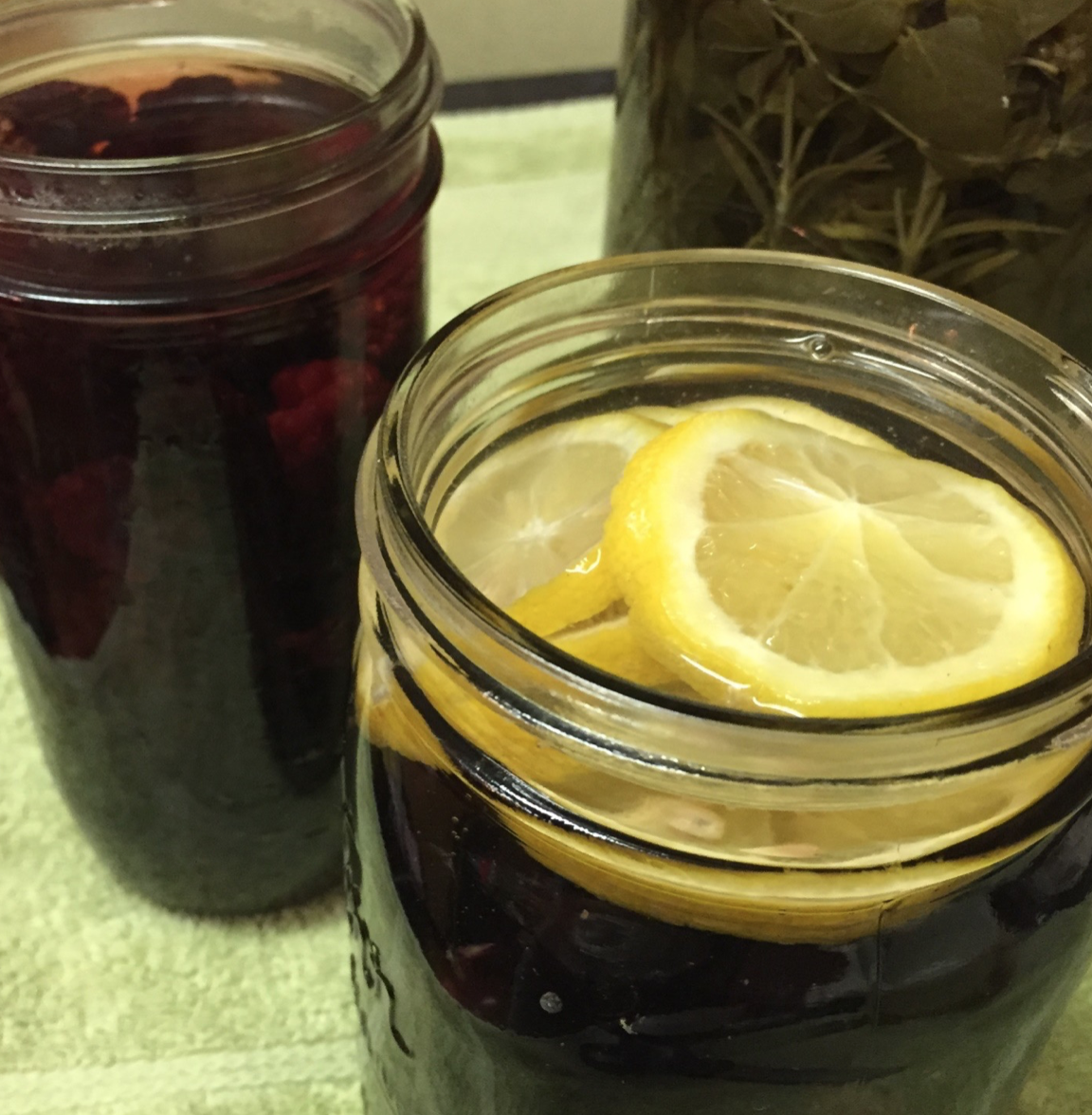
Whichever way you choose, pour the vinegar over the herbs or fruits, making sure all the items are covered. Cap off with a plastic jar lid or regular jar lid and ring both offered at your local Buchheit store.
Note: if using the standard lid and jar, make sure to start with a lining of plastic wrap or parchment paper around the neck of the jar to prevent a metallic reaction from the acidic vinegar. I created three different infusions: blueberry/blackberry/lemon, blackberry, and an herbal blend of rosemary, chives, oregano, thyme and peppers.

The secret to a fine infusion is patience. Once you have it capped, find a cool dark place where it will not be disturbed and let the vinegar “condition” for 2 to 4 weeks to develop depth of flavor. Strain the vinegar through fine cheese cloth to remove sediments, discarding the spent ingredients as well. If gift giving, you can add a fresh sprig of rosemary or a few berries, for example, to enhance the presentation.
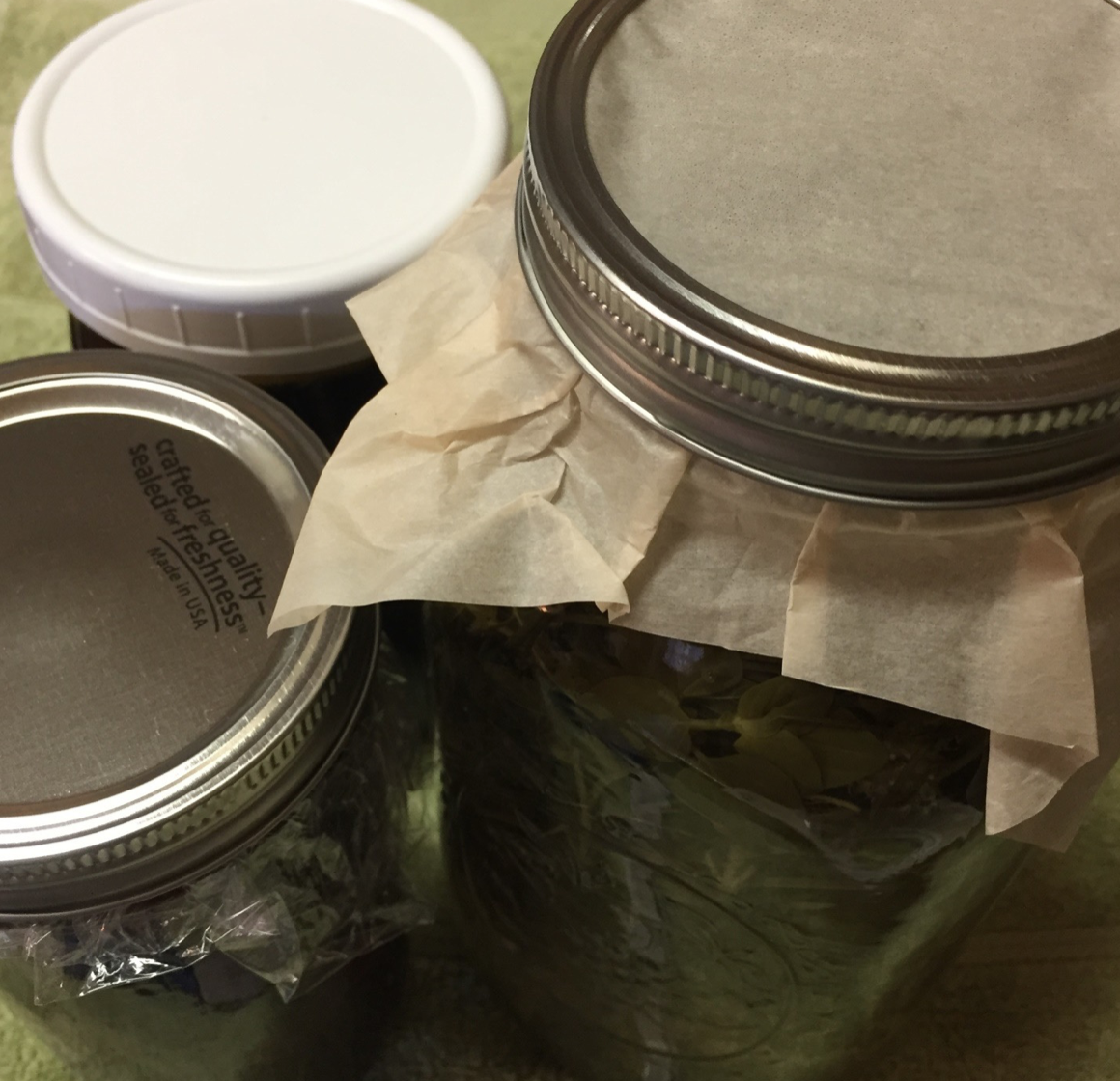
You can store the finished vinegars in a cool dry place for up to six months, if they last that long! I hope you try an infusion soon. They are a great addition to your culinary collections.
Stay cool and enjoy today. Anne May Be blessed!

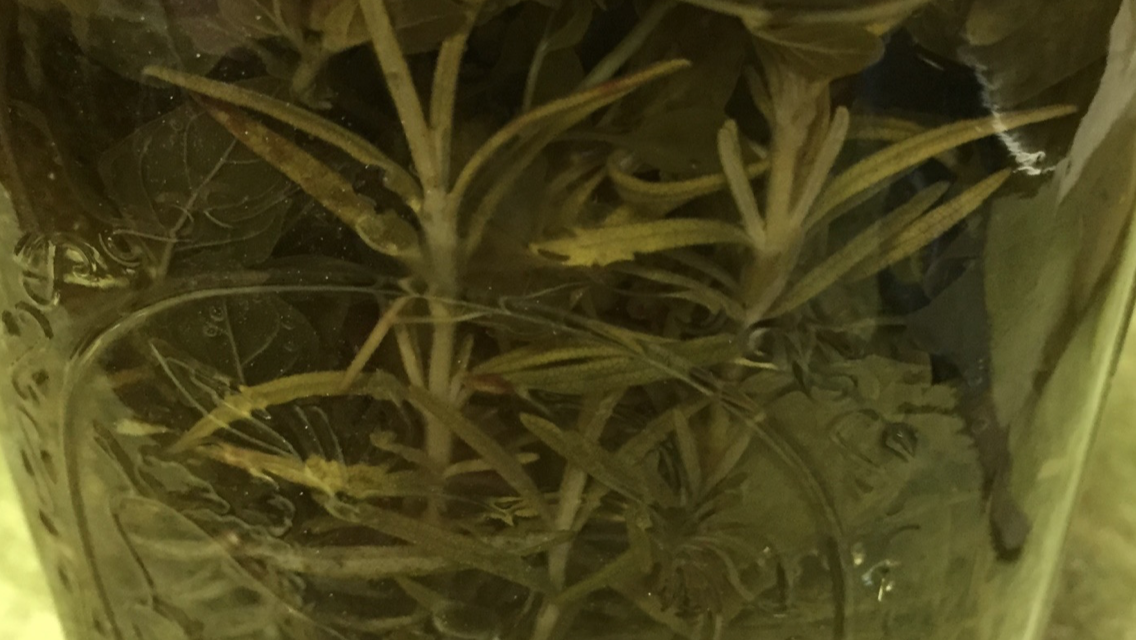
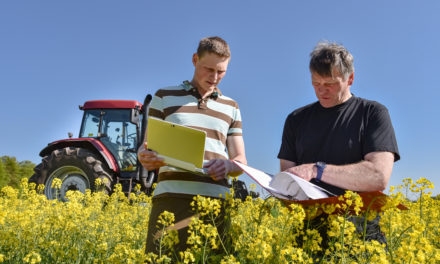

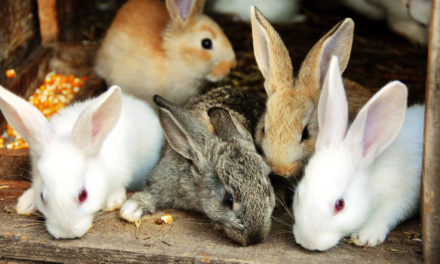


Aw, this was an incredibly nice post. Taking the time and actual effort to
produce a very good article… but what can I say… I procrastinate a whole lot and don’t seem to get nearly anything done.